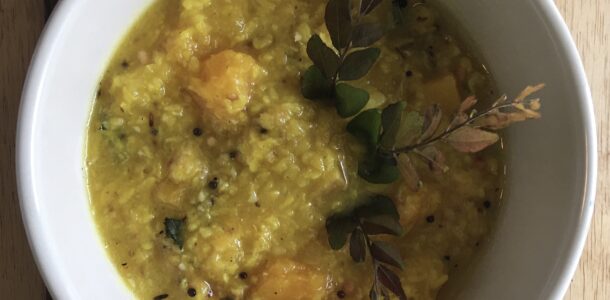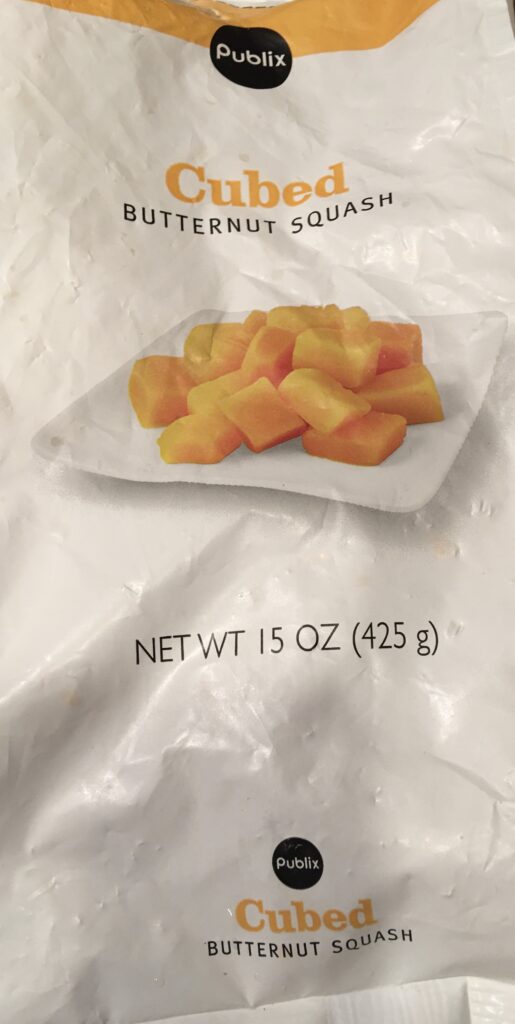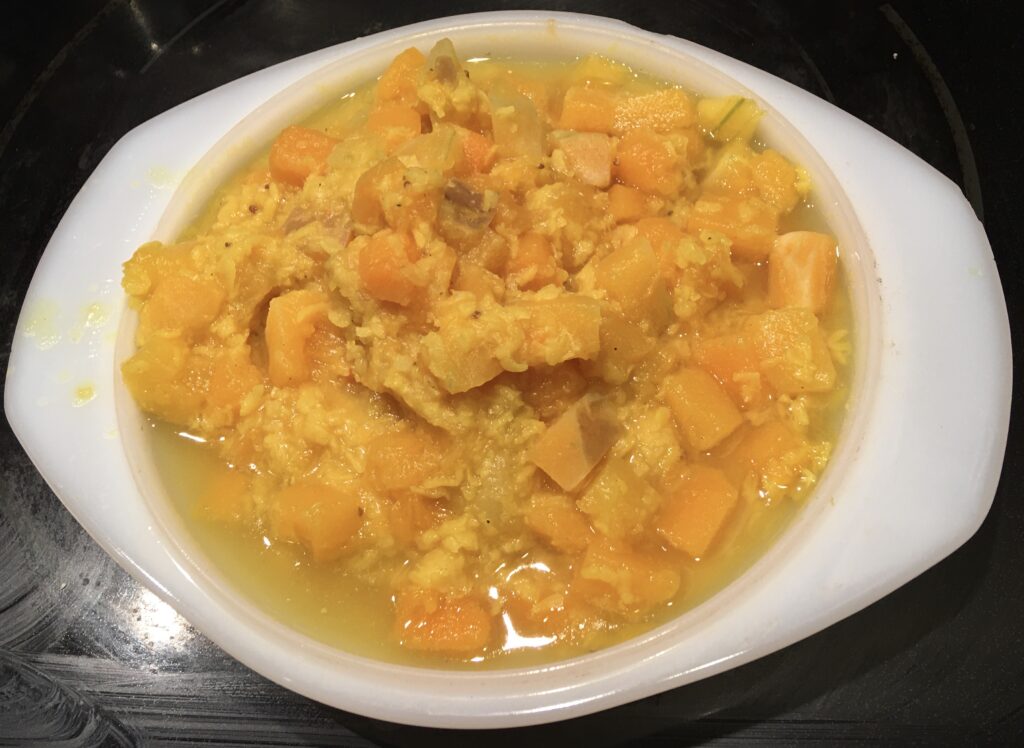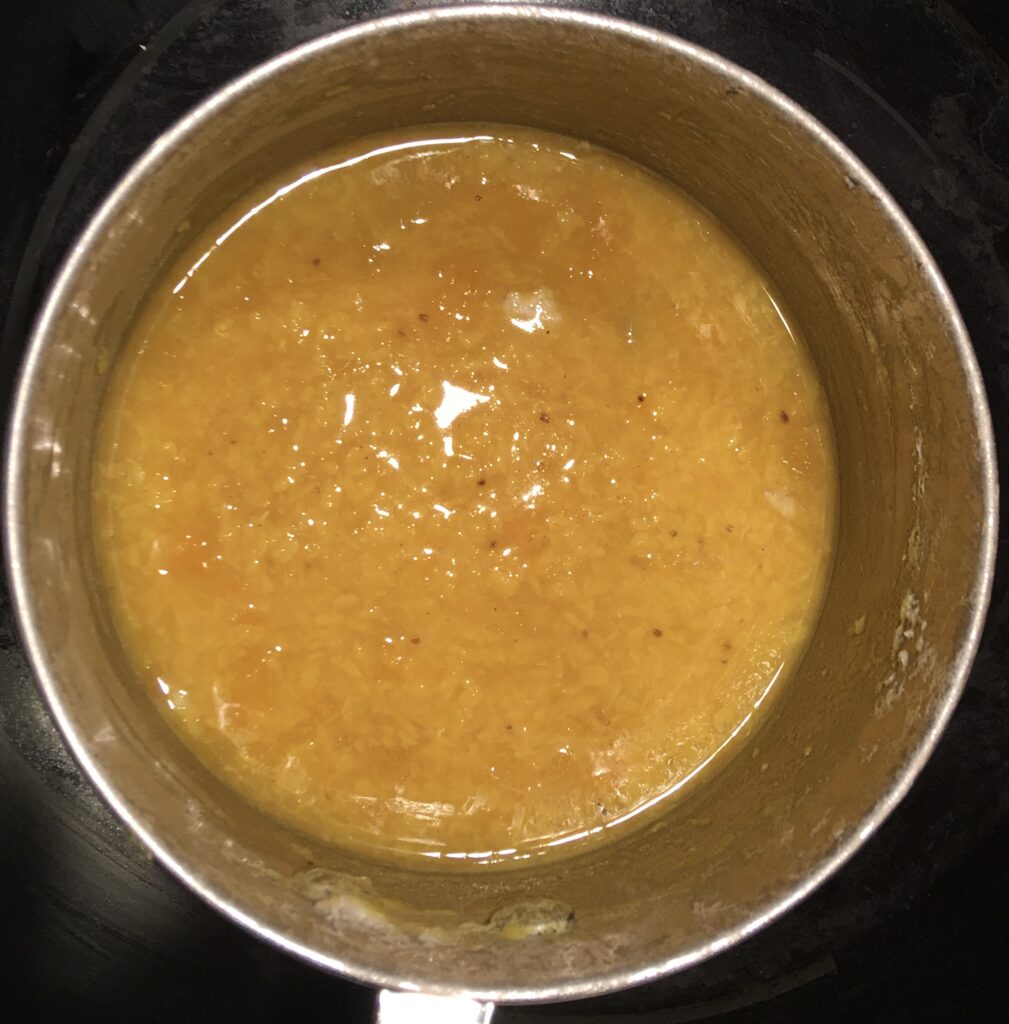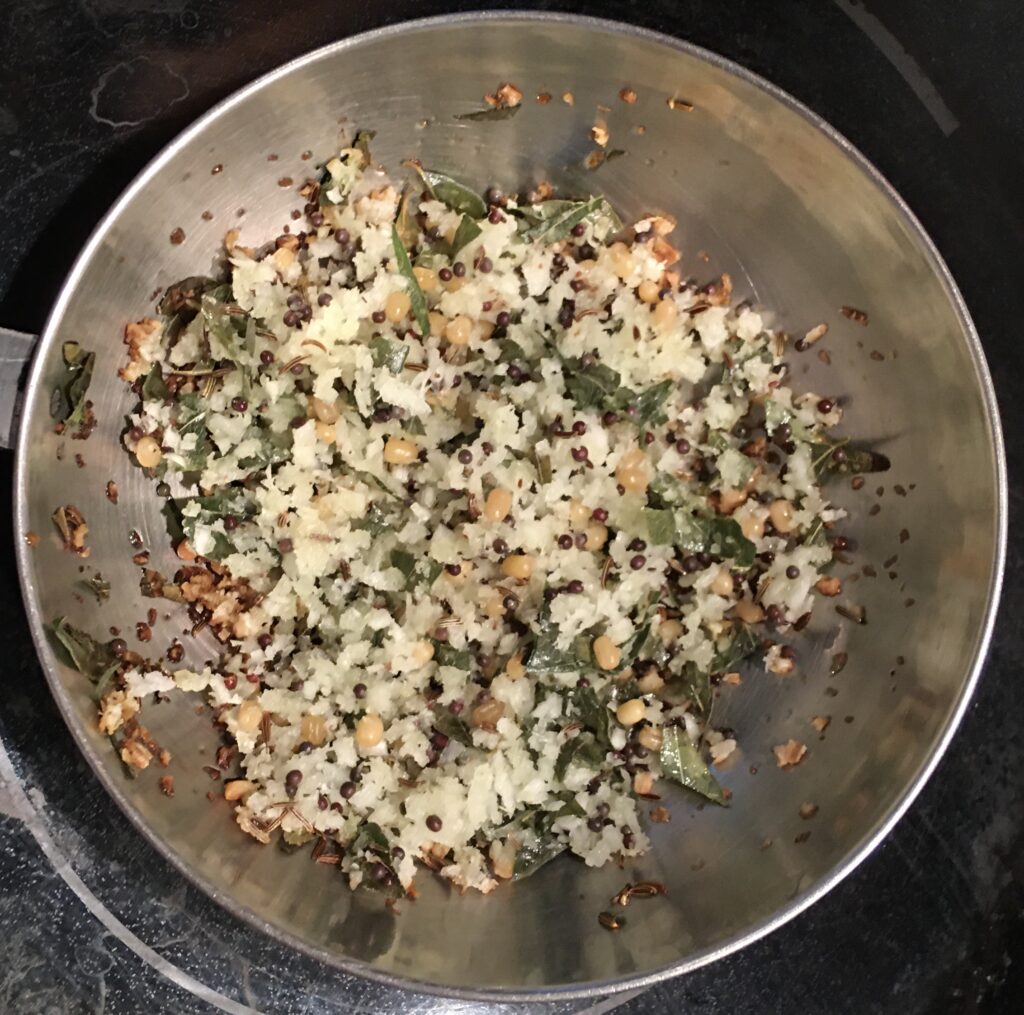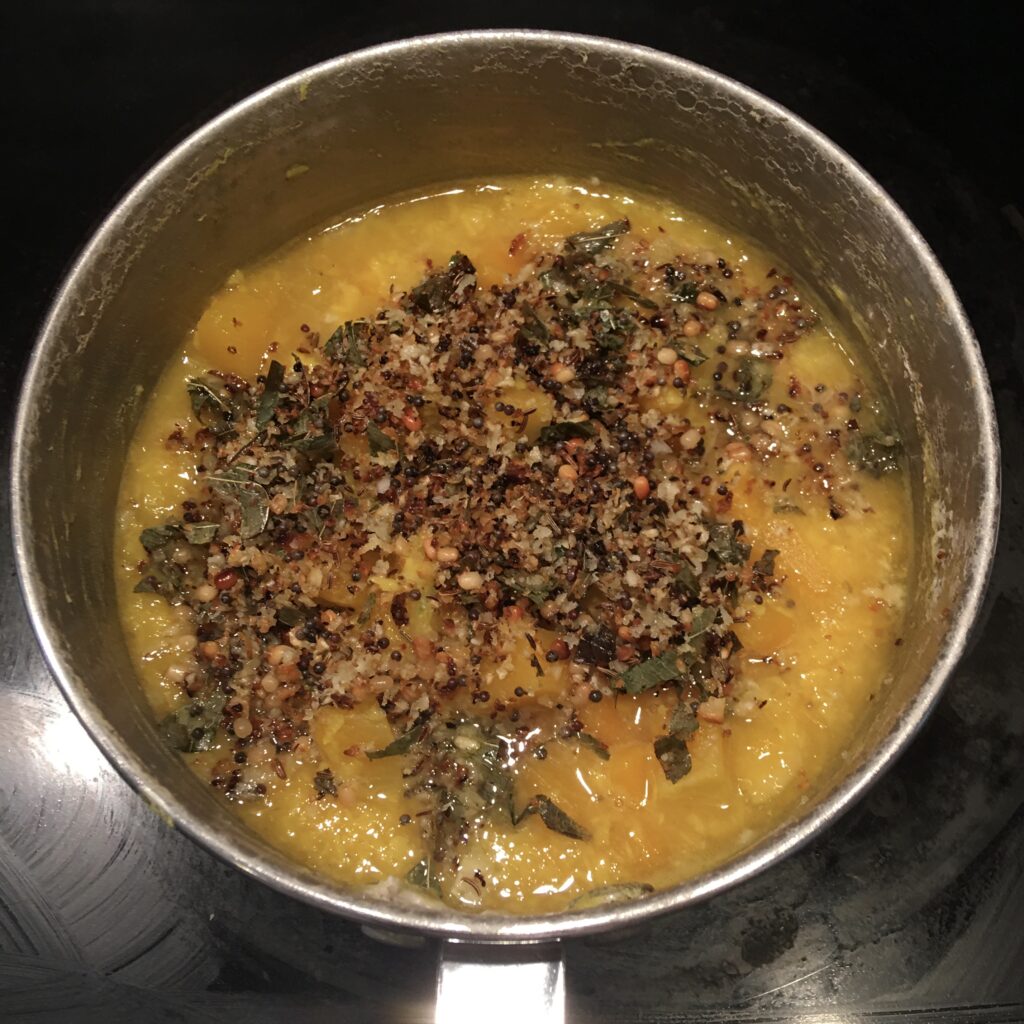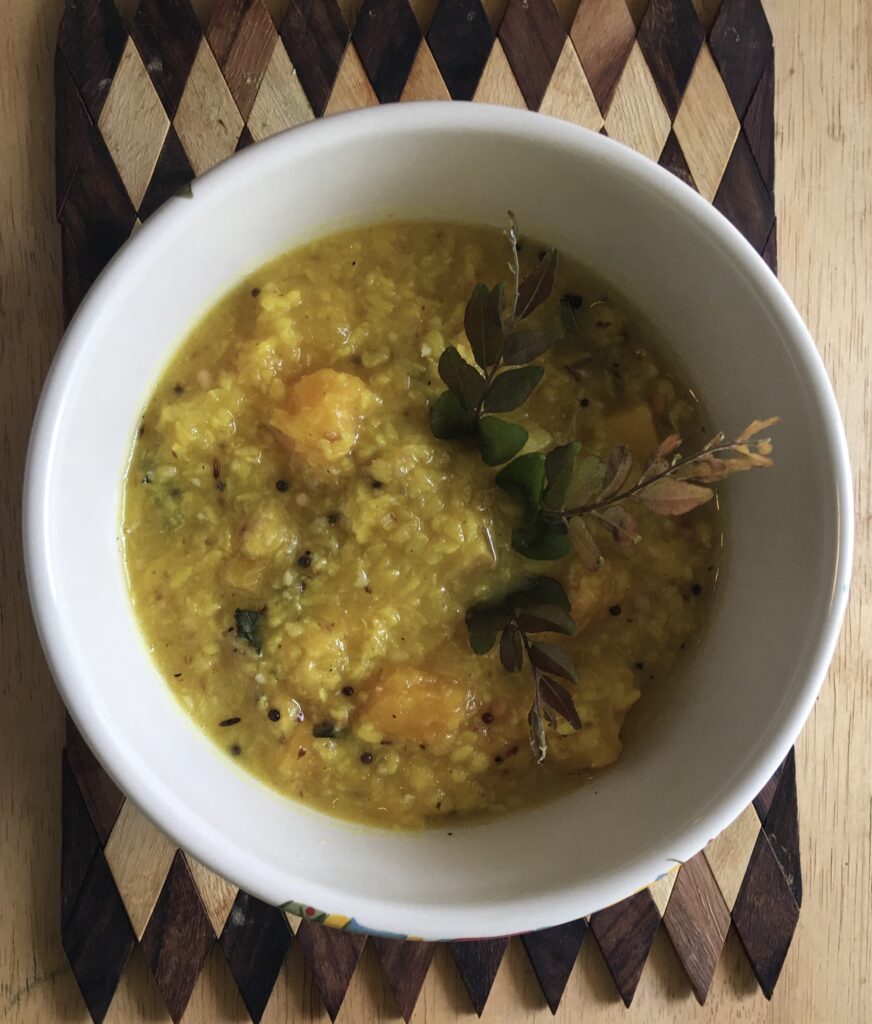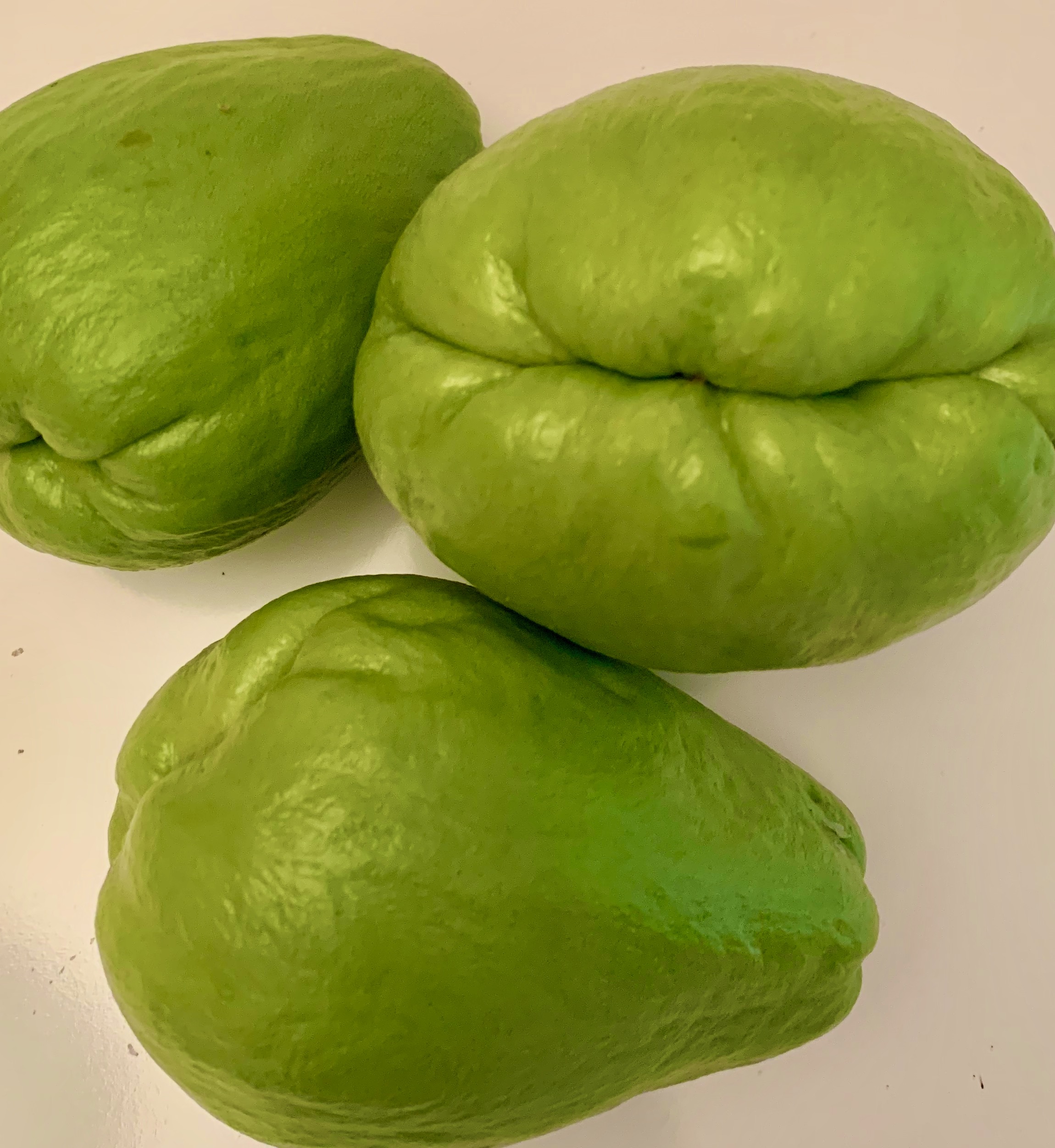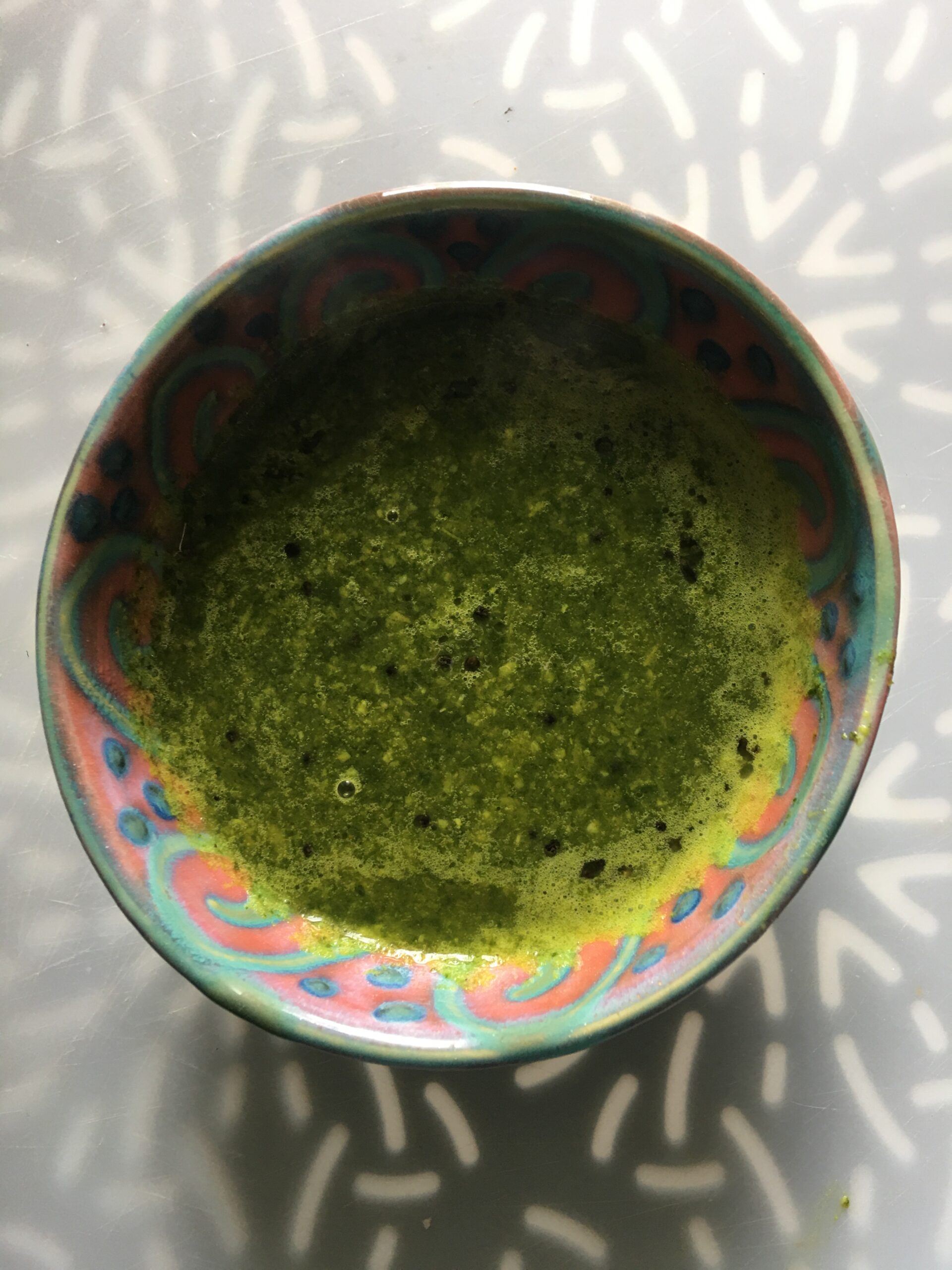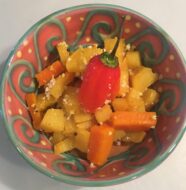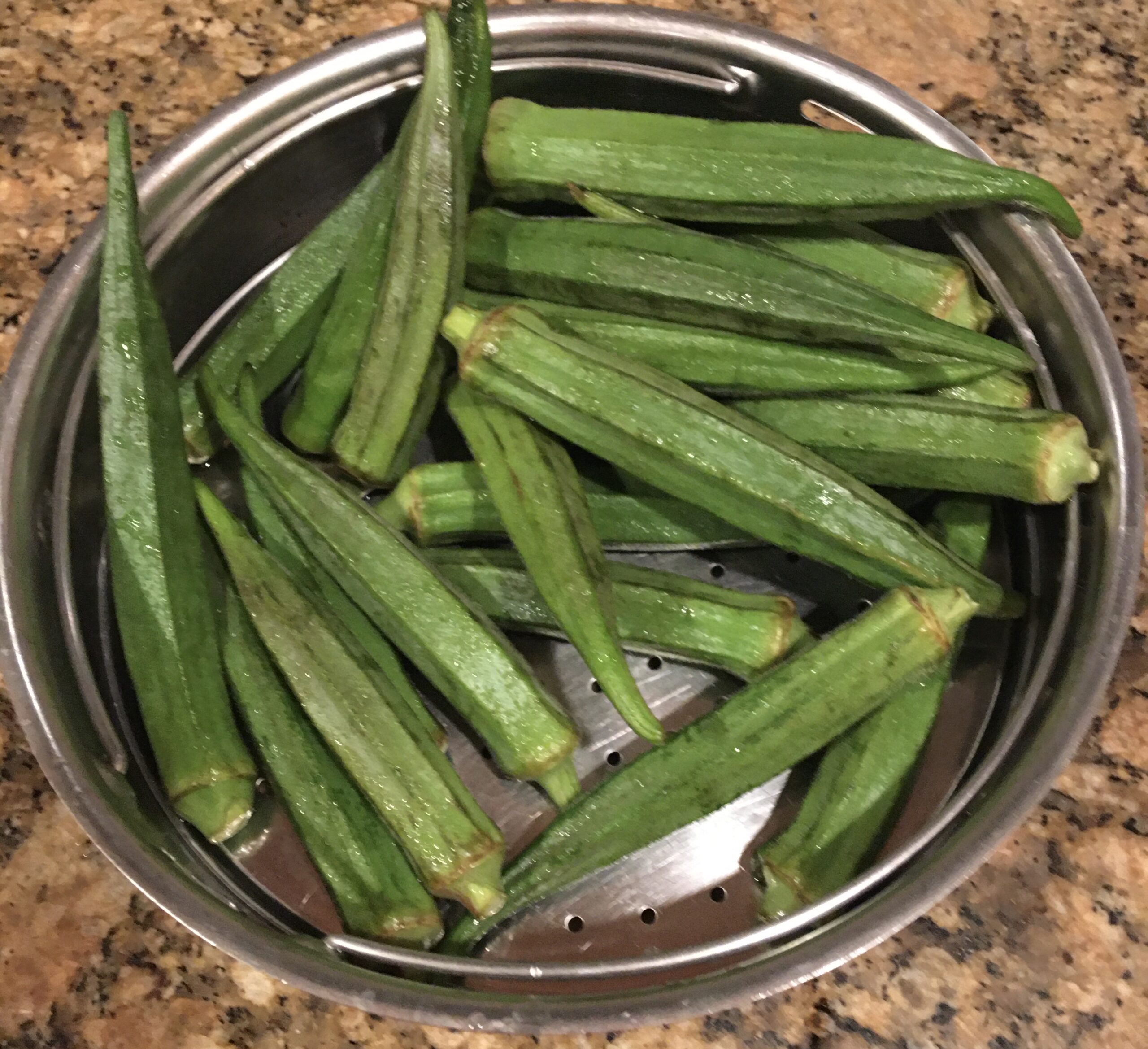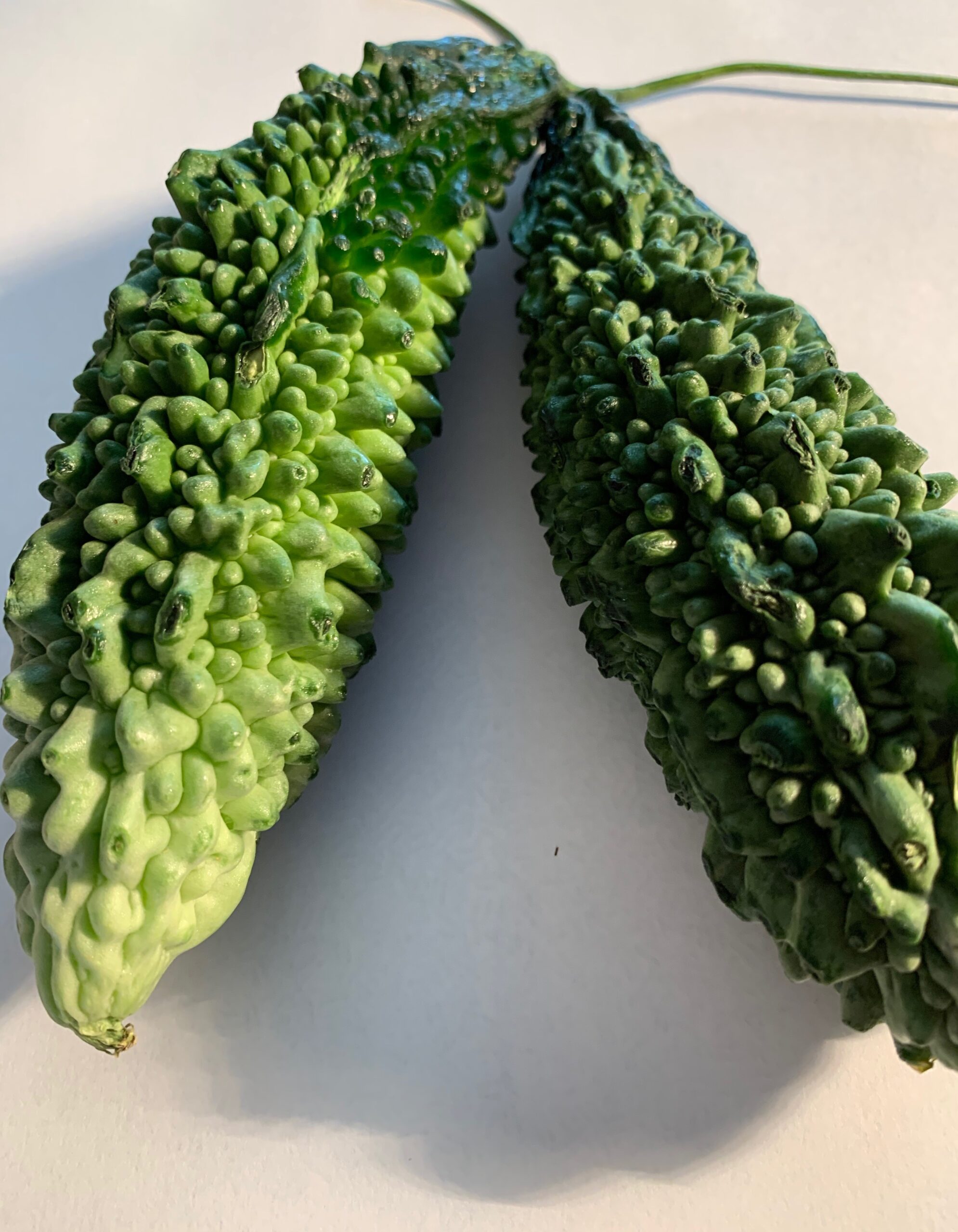Pumpkin was grown by native Americans originally in the U.S. Its yellow or orange flesh has a mildly sweet flavor with seeds that are nutty when husked and roasted. Regular pumpkins are C.maxima, Halloween pumpkins are C.pepo. Butternut Squash is a winter squash growing on a vine. It has a tan yellow skin and orange fleshy pulp with seeds enclosed in the top part. It has a sweet and nutty taste like pumpkin. Its scientific name is Cucurbita moschata butternut and is also called crookneck pumpkin.
Buying & Storing: Choose a pumpkin that is free from blemishes and heavy for its size. Whole pumpkins can be stored for a whole month and can be refrigerated for 3 months. Olan, Eriseri, and Poduthuval are some dishes made with pumpkin.https://www.verywellfit.com/pumpkin-nutrition-fact…
History of Pumpkin: Pumpkins had originated in N. America. Seeds from related plants have been found in Mexico since 7000 -5500 BC. The name pumpkin originated from the Greek word pepon – large melon; changed by French into pompon; The English changed it to pumpion. American colonists changed it to pumpkin.Native Americans used pumpkin in their diet long before the pilgrims arrived. They roasted long strips of pumpkin on the open fire and ate them. They also dried strips of pumpkin and wove them into mats.
Butternuts were bred by a Charles Leggett of Massachusetts in the 1940s. He decided to develop a good tasting squash for families to consume. He took a gooseneck squash (long and dangly) and crossed it with other squashes that produced a squash which was smooth as butter and sweet as a nut and named it “Butternut.”
Nutrition Facts of Butternut Squash (Cucurbita morschata ) 100g raw
| GI= 51; GL =4 | Minerals | Vitamins |
| Energy 45 kcal -2% | Sodium 4mg – 0.5% | Folates 27 mug – 7% |
| Carb. 11.69g – 9% | Potassium 352mg – 7% | Niacin 1.2mg – 8% |
| Protein 1g -2% | Calcium 48mg – 5 % | Pantothenic acid 0.4mg – 8 % |
| Total Fat 0.1g – 0.5% | Copper 0.072mg – 8% | Pyridoxine 0.154 mg – 12% |
| Cholesterol 0 mg – 0% | Iron 0.7mg – 9% | Riboflavin 0.02mg – 2% |
| Dietary Fiber 2 g – 5% | Magnesium 34mg – 9% | Thiamin 0.1mg – 8% |
| Sugars 2g | Manganese 0.202mg 1% | Vitamin A 10630IU – 354% |
| Carotene Alpha 834mcg | Phosphorous 33mg – 5 % | Vitamin C 21mg – 35% |
| Carotene Beta 4226mcg | Selenium 0.5mcg <1% | Vitamin E 1.44mg – 10% |
| Crypto Xanthin B 3471mcg | Zinc 0.15mg – <1 % | Vitamin K 1.1mcg – 1% |
(Source: USDA National Nutrient data base)
Health Benefits of Butternut Squash
- Nutritional: 80g baked serving contains 26kcal/ 110K, 0.7g protein, 0.1g fat, 5.9g carb., 1.5g fiber, 224mg potassium, 12mg vitamin C
- Butternut squash may support eye health since it contains phytonutrients like Zeaxanthin and Lutein, that protect eye health and cell renewal.
- Butternut squash may support the natural functioning of the immune system with vitamin A which can help to prevent infections.
- Butternut squash may support bone health since it contains Betacarotene, Vitamin C, sodium and zinc that provide a healthy bone mass in post menopausal women as well as others.
- Butternut squash may support digestion: 100g of baked squash contains 2 g of fiber which is 7% of RDA. Fiber is associated with reduced risk of heart disease, bowel cancer and type 2 diabetes; it can also help digestion and prevent constipation.
- Butternut squash may support weight management being low in calories and high in fiber.
https://www.bbcgoodfood.com/howto/guide/health-benefits-butternut-squash.
Spice & Herb powers
- Turmeric powder: 1 tsp. 9 cal contains 3.14% curcumin that has potent antibacterial, antiviral, anti-fungal, anti-inflammatory, and immune-modulating properties Curcumin extracts taken daily reduces the level of LDL cholesterol in just 12 weeks as per a study from Taiwan.
- Red chili (6 cal.) may help with Weight loss; some evidence suggests that Capsaicin present in chili can promote weight loss by reducing appetite and increasing fat burning; (10g) can significantly increase fat burning.
- Mustard seeds: Vitamin E daily – contains 130% of RDA a powerful lipid-soluble antioxidant needed for maintaining the cell membrane of mucosa and skin by protecting it from harmful oxygen-free radicals.
- Cumin Seeds: contains compounds that help counter the long-term effects of diabetes; may help control blood sugar in diabetes. Cumin may improve blood cholesterol. In one study 75 mg of cumin taken twice daily for 8 weeks decreased unhealthy blood triglycerides. In another study of 88 women who took 3 g of cumin with yogurt twice a day for 3 months had higher levels of HDL than those who did not include cumin(placebo).
- Coconut: Trans-zeatin an anti-aging substance that is present in coconut can help with wrinkles and sagging in the neck and arm of the skin.
Method to Cook Butternut Squash w. lentils (Eriseri)
- Dry roast lentils in a saute pan until golden (emit an aroma). (2 min.)
- Cook lentils with 2 cups water & turmeric in a saucepan / pressure cooker. (20 min.)
- While the lentils cook, peel and cut butternut squash into 3/4 ” pieces if using fresh .(5 min.) OR USE FROZEN
- Cook squash in 2 cups water with salt and turmeric powder. (10 min.) Check to see if the squash is soft .
- Mix cooked butternut squash with cooked lentils. (2 min.)
- Grinding (optional)
- Fry the cumin, lentils and chili in 1 tsp oil until lentils turn golden.
- Grind with 1 tbsp. coconut in a blender.
- Pour ground mixture on the lentil sauce and simmer. (3 min.)
- Tempering (Porichu kottal)
- Heat the oil to smoking hot in a frying pan.
- Add the mustard seeds and white lentils cover with a lid.
- When seeds splutter, add 1 tbsp. coconut and fry until golden; pour on the Eriseri sauce. (makes a sizzling sound)
- Garnish with washed and chopped curry leaves. (2 min.)
Serve Butternut Squash w. lentils (Eriseri) with Rice, Rice noodles, Idli , Dosai or Dumplings.
TIPS
Fresh Butternut Squash can be pre-cut and stored in the refrigerator or freezer

